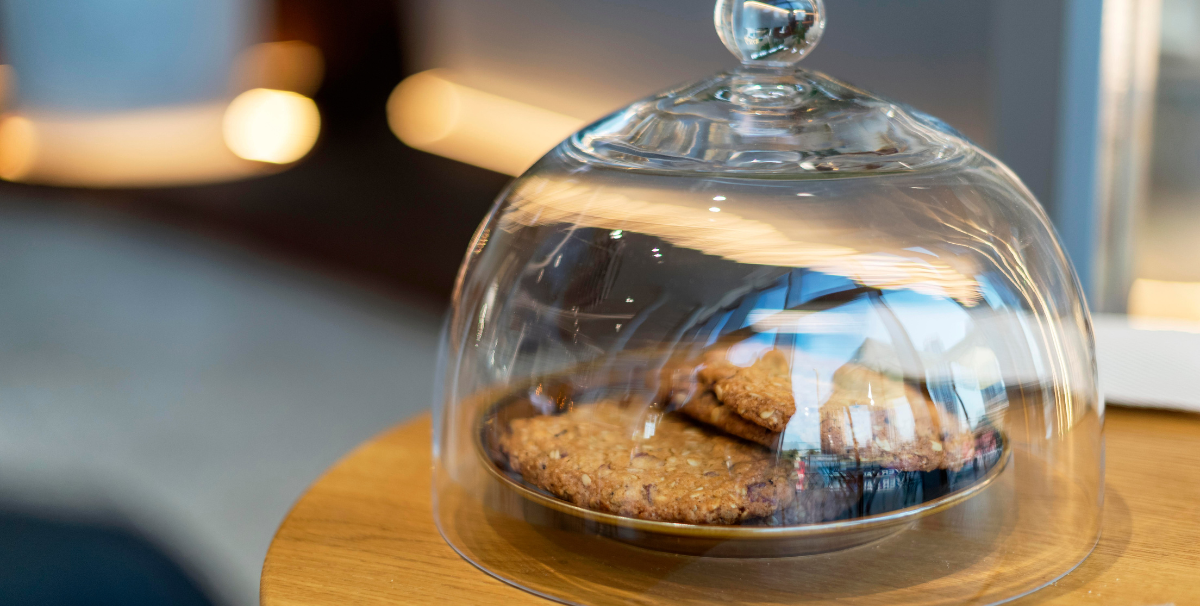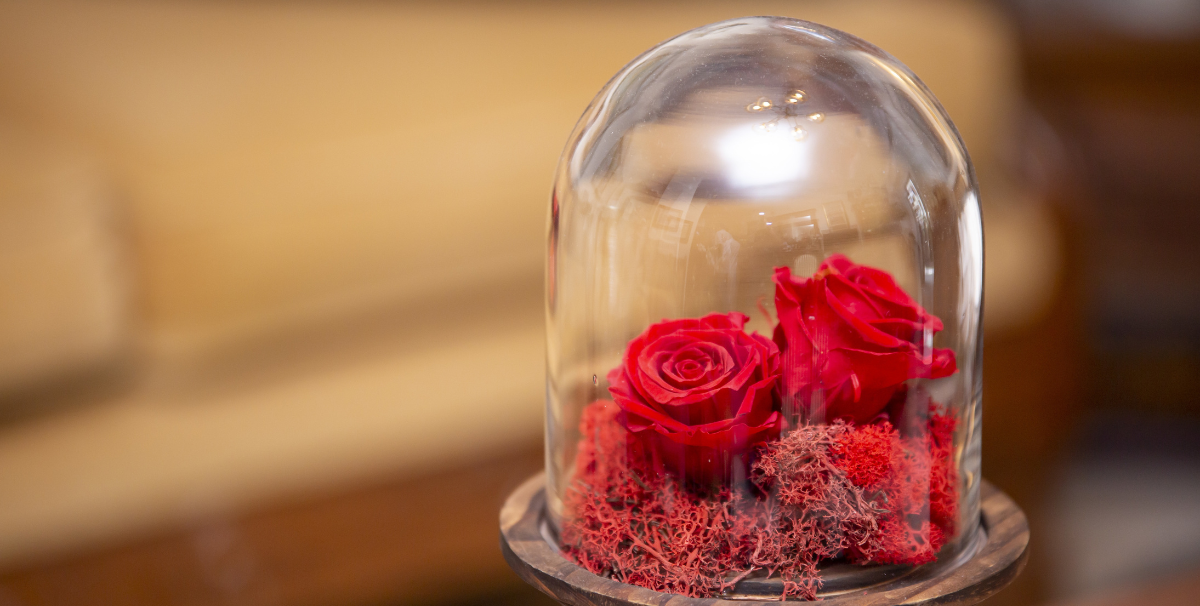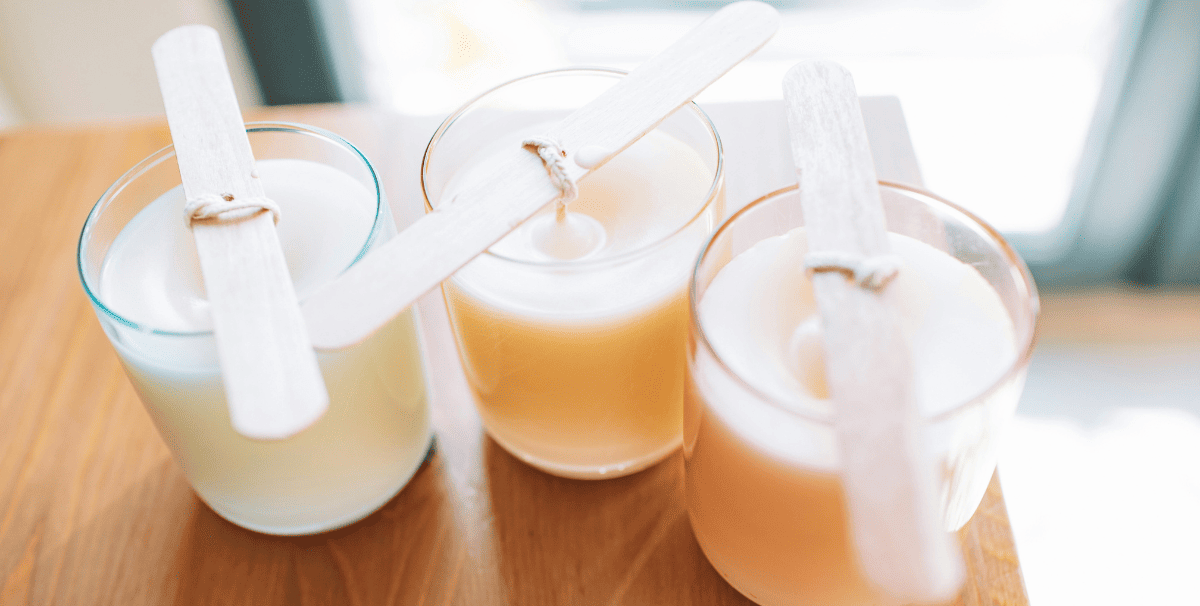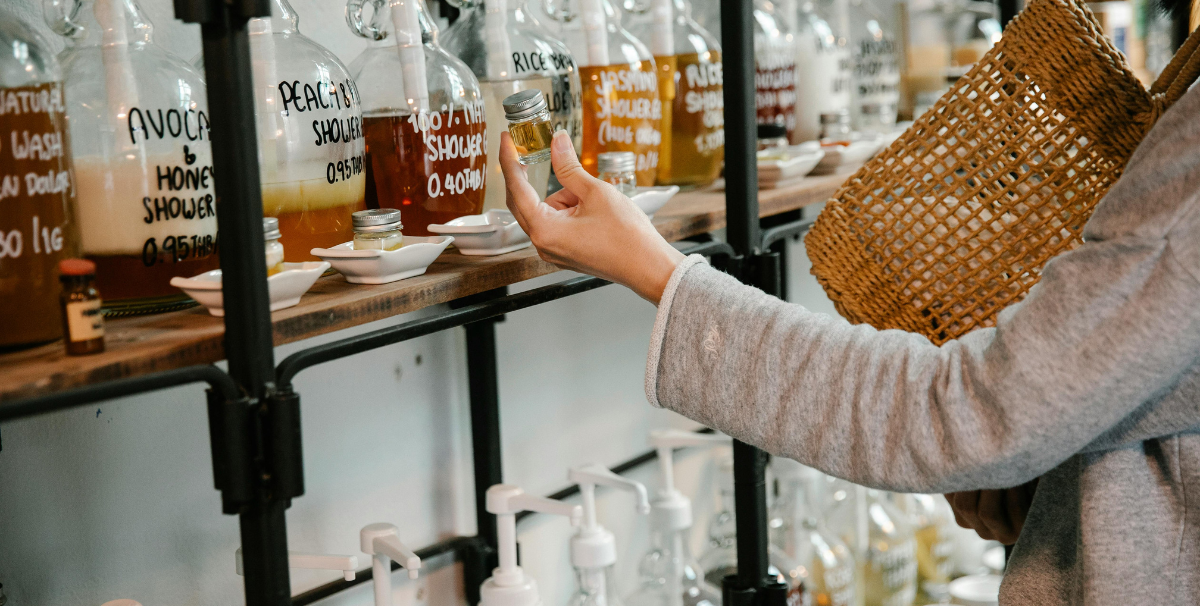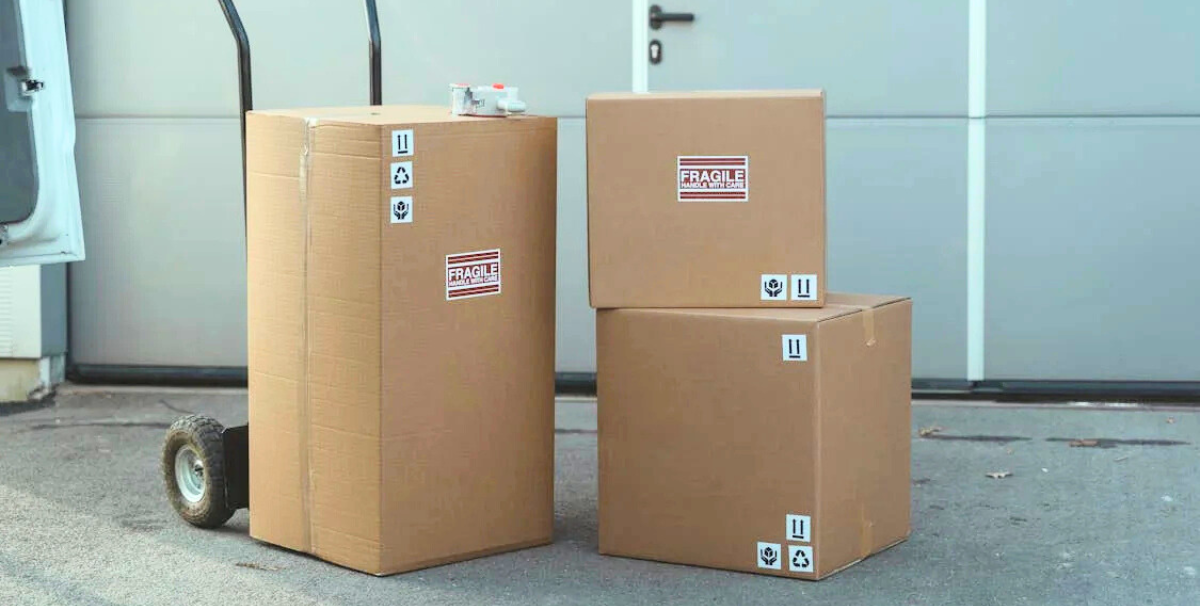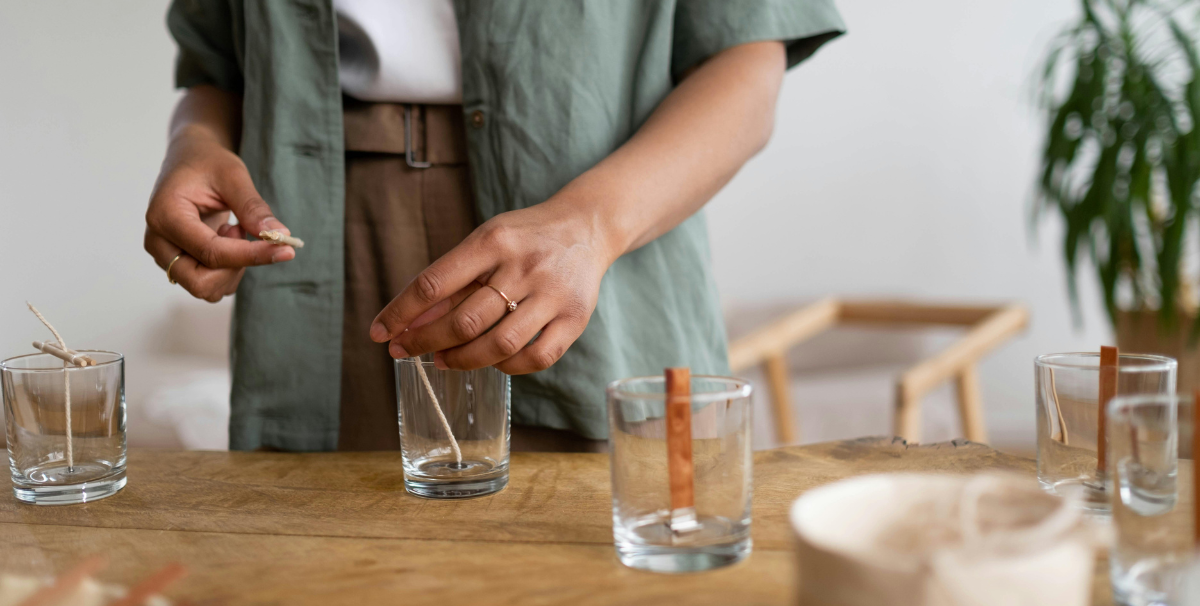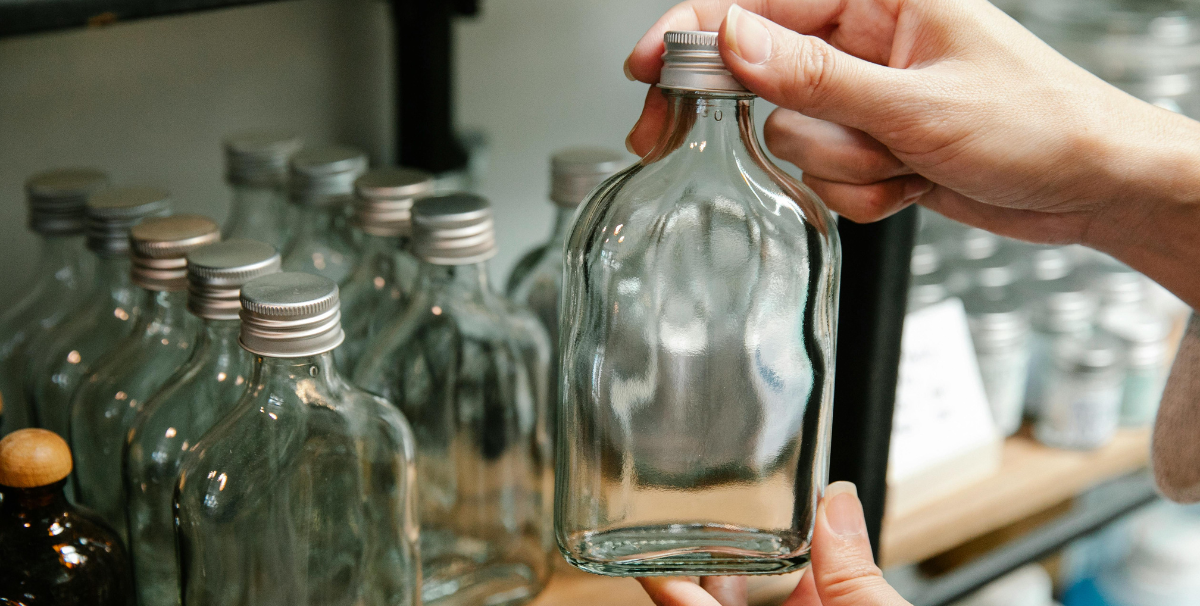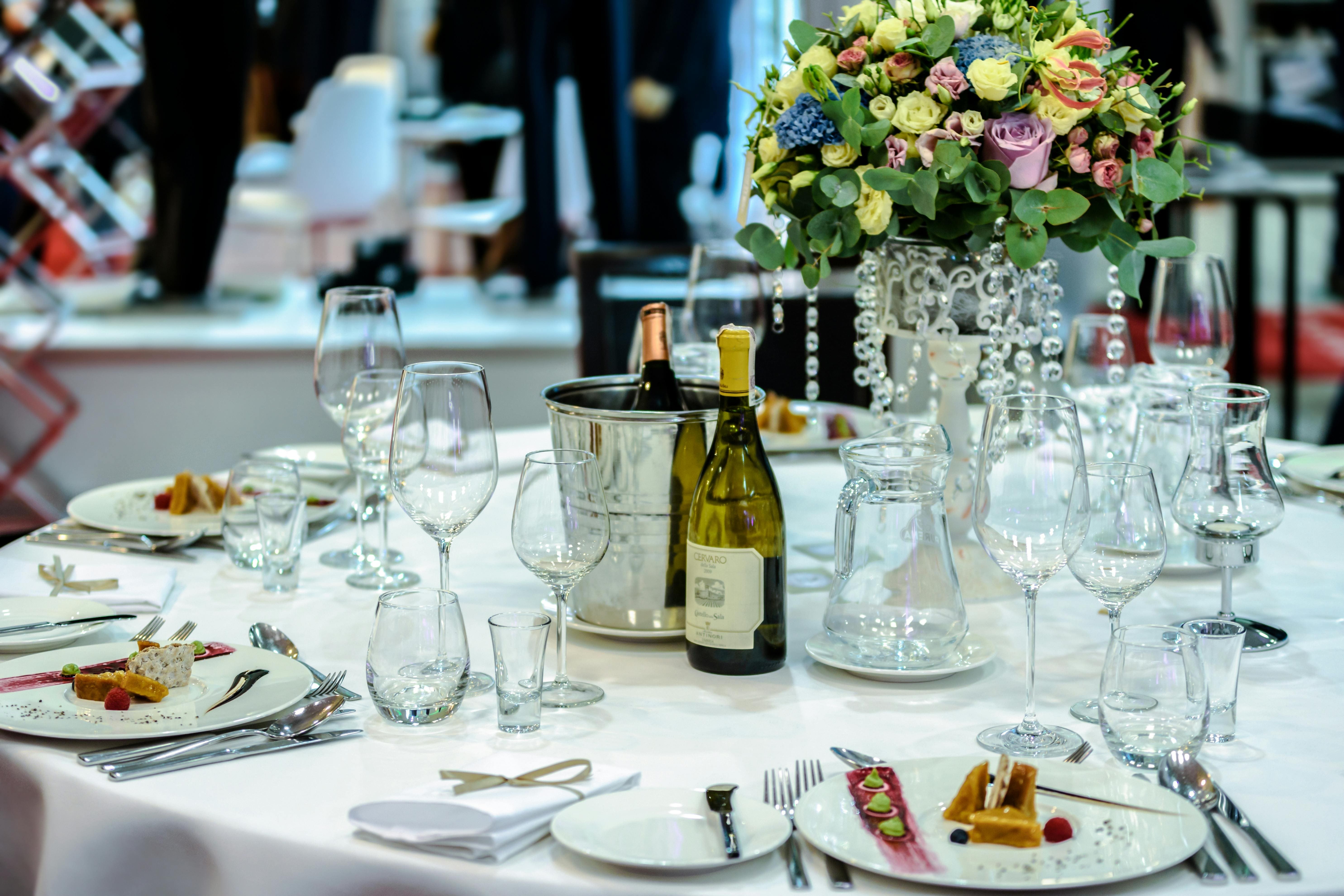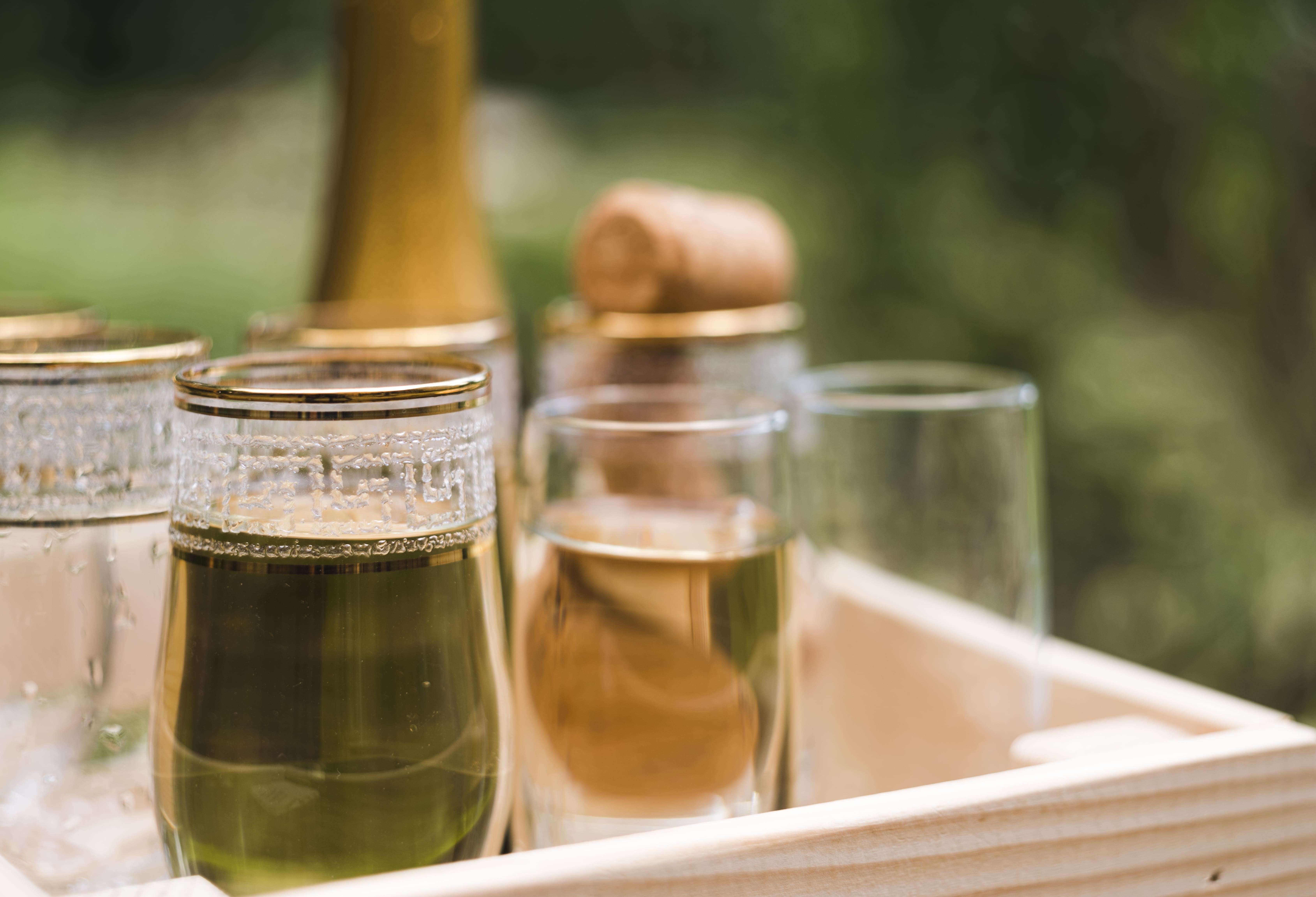In the world of pastry, every detail matters when it comes to offering your customers an unforgettable experience....
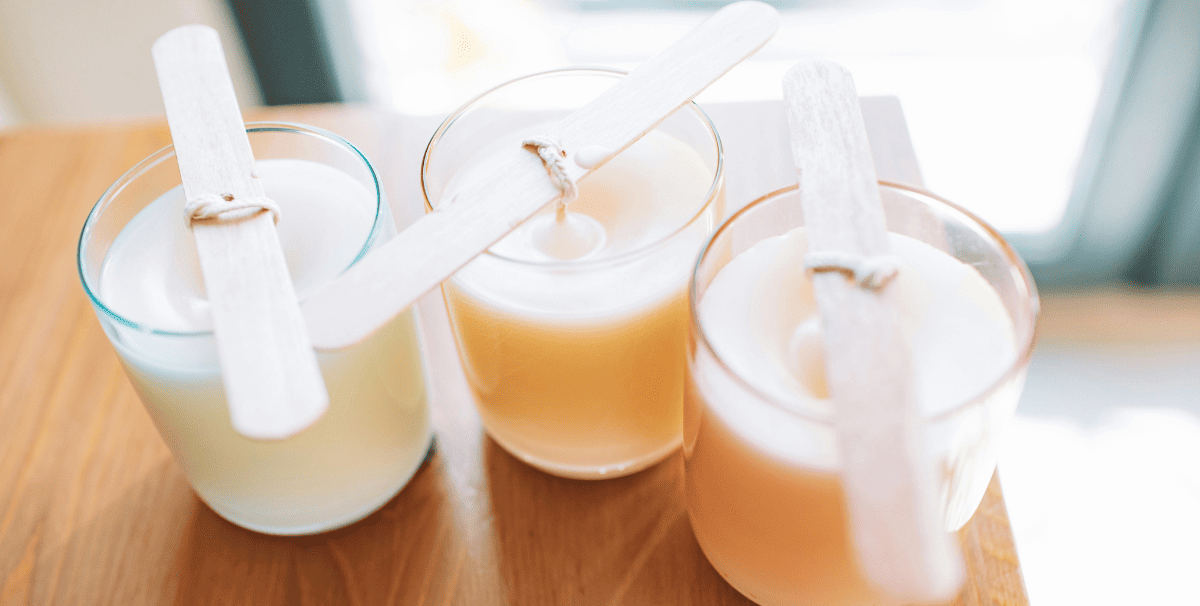
How to calculate the amount of wax needed for candle containers
1. Why is it important to calculate wax weight?
Calculating the wax weight is crucial for several reasons:
-
Cost optimization: Accurately estimating the amount of wax needed allows you to order just the right quantity, avoiding waste due to excess stock.
-
Candle quality: The wax weight must be suited to the size and shape of the container to ensure an even burn and the best possible lifespan for the candle.
-
Compliance with standards: If you're selling candles in specific containers, precise calculations help you meet safety standards regarding wax quantity and candle performance.
2. Key elements to consider when calculating wax weight
To determine the right amount of wax, several factors need to be taken into account:
-
Container volume:
The first and most important factor is the volume of the container you're using to make the candle. You need to know how much wax the container will hold once melted. -
Type of wax used:
There are various types of wax (soy wax, beeswax, paraffin, etc.), and each has a different density. The density directly affects the amount of wax needed to fill the container. -
Space for the wick:
Remember that the wick takes up some of the container’s volume, so the wax quantity should be calculated based on the usable volume—subtracting the space occupied by the wick.
3. How to calculate wax weight: step-by-step
Here’s a simple method to calculate how much wax you’ll need for your candles:
Step 1: Measure the container volume
Start by measuring the volume of the container you'll be pouring wax into. This is usually expressed in milliliters (ml) or cubic centimeters (cm³). For irregular-shaped containers, fill them with water and pour it into a measuring cup to determine the exact volume.
Step 2: Convert volume to wax weight
To convert volume into wax weight, you’ll need to know the density of your chosen wax. Densities vary depending on the type of wax, but here are general guidelines:
-
Soy wax: approx. 0.9 g/cm³
-
Beeswax: approx. 0.96 g/cm³
-
Paraffin wax: approx. 0.8 g/cm³
Example: If you are using soy wax (density = 0.9 g/cm³) and your container has a volume of 250 ml, the calculation would be:
So, for a 250 ml container, you would need 225 grams of soy wax.
Step 3: Account for wick space
It’s important to subtract the space taken up by the wick. If the wick occupies about 10% of the container’s volume, adjust your wax quantity accordingly.
Example: If the wick takes up 10% of a 250 ml container, the available volume for wax is 90%, or 225 ml. Using soy wax:
So, for a 250 ml container with wick space considered, you'll need 202.5 grams of soy wax.
4. Using an online wax calculator
If you’d rather not do the math manually, there are many online calculators available that help you determine the exact amount of wax based on your container volume and type of wax. These tools can be especially helpful if you're working with different container shapes and wax types, simplifying the process significantly.
5. Practical examples
-
100 ml container (soy wax):
Volume = 100 ml
Density = 0.9 g/ml
Wax Weight = 100 ml × 0.9 g/ml = 90 g -
500 ml container (beeswax):
Volume = 500 ml
Density = 0.96 g/ml
Wax Weight = 500 ml × 0.96 g/ml = 480 g
Conclusion: precision is key to success
Accurately calculating the wax weight for your candle containers is essential to ensuring high-quality products while keeping production costs under control. By following the steps outlined in this article, you’ll be able to easily estimate the amount of wax needed for each type of container, based on the wax you're using and the space taken up by the wick.
As a glassware wholesaler, AllGlass is here to provide you with containers perfectly suited for all your candle-making needs, offering high-quality products and expert advice to help you streamline your production.
Always remember: understanding the properties of your materials is crucial for every project. It allows you to create candles that burn evenly and provide your customers with a satisfying, high-quality experience.
%5B1%5D.png)
